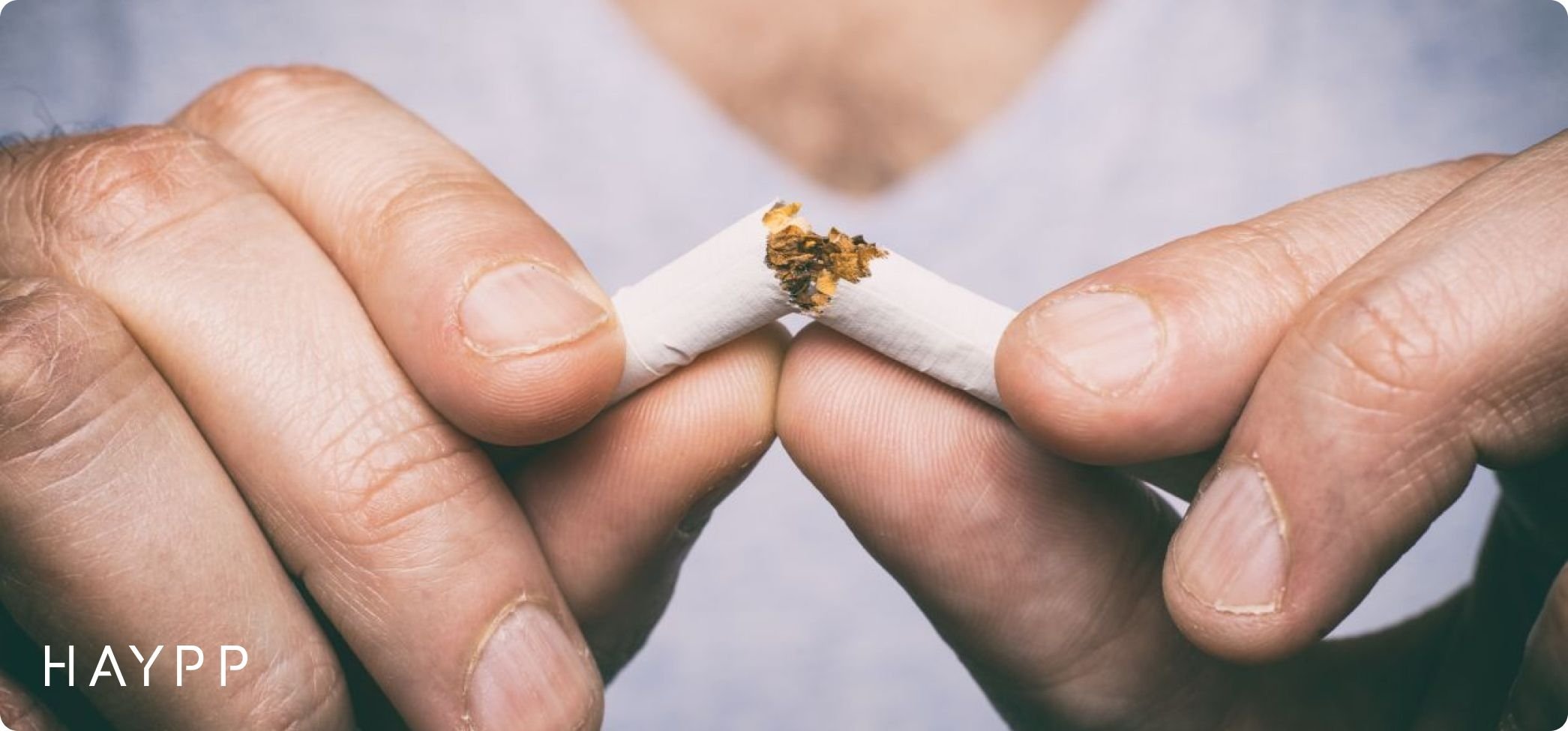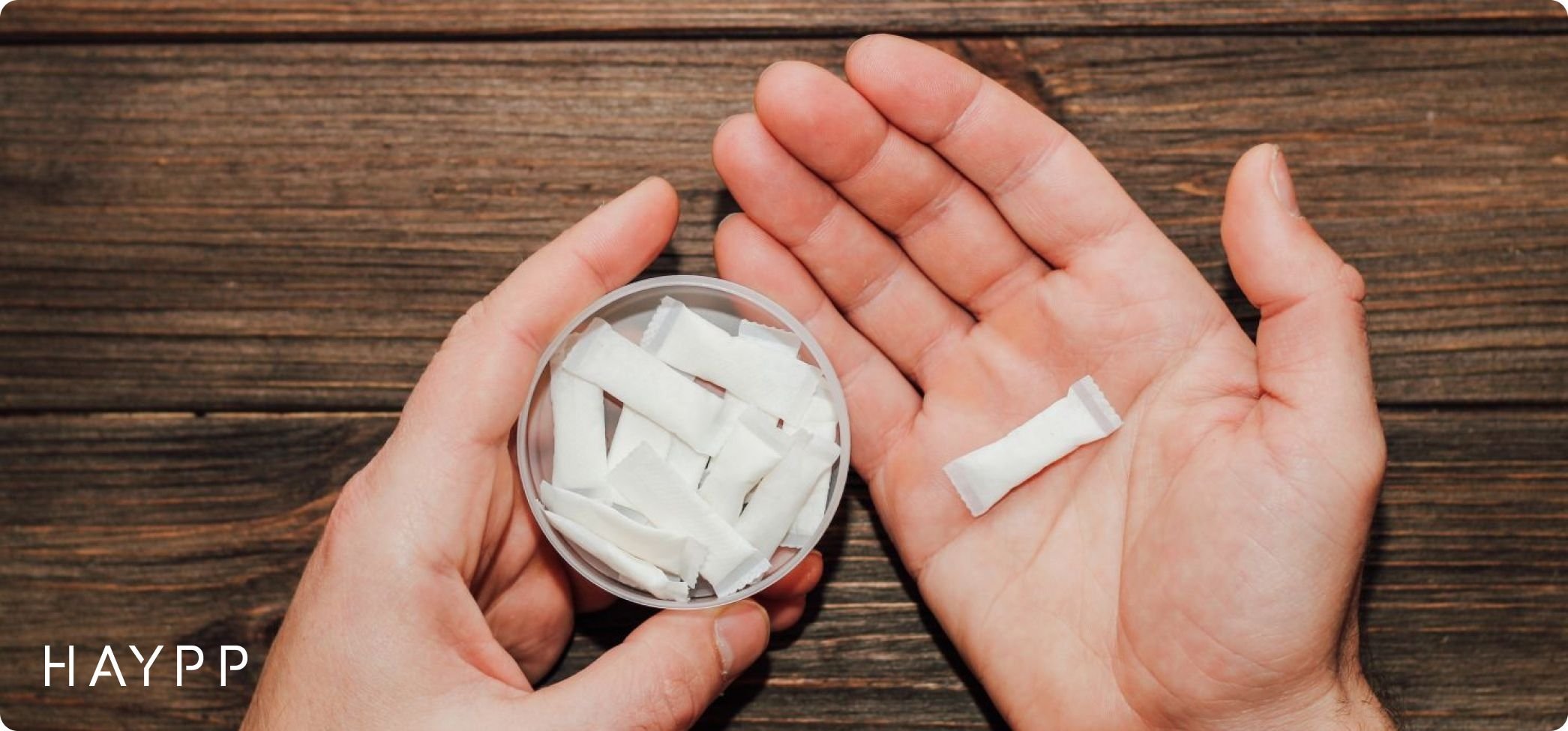Hi! Did you know that you can easily reorder a previous order on My Pages? Just click “reorder” to get all your favourites delivered again.
Published 2020-06-25
Last update 2025-10-30
An Interview with Dr Sudhanshu Patwardhan, Tobacco Harm Reduction Specialist
An interview with Dr Sudhanshu Patwardhan, a British-Indian doctor passionate about tobacco harm reduction. Dr Patwardhan works across the UK and South Asia on projects aimed at improving health outcomes for the most disadvantaged tobacco users.

Key Takeaways
- Dr Sudhanshu Patwardhan specialises in tobacco harm reduction.
- He co-founded the Centre for Health Research and Education (CHRE) in 2018.
- CHRE is looking into nicotine pouches’ role in harm reduction and cessation.
- Hypothetically, nicotine pouches could be safer than other tobacco products.
- Nicotine’s effect on the body can include headaches and dizziness.
A Global Approach to Tobacco Harm Reduction
Dr Sudhanshu Patwardhan co-founded the Centre for Health Research and Education (CHRE) with his wife, Dr Pooja Patwardhan, in 2018.
Today, they work with a team of over 40 medical and public health experts on tobacco harm reduction projects in the UK and South Asia.
The answers below are gathered from Dr Patwardhan’s understanding of nicotine pouches. They come from his published research and years of working in tobacco harm reduction science and policy.
These answers are not to be taken as medical advice or endorsement. Neither Dr Sud nor CHRE will take any responsibility for consumers making any health decisions based on this advice.
Smoking and Harm Reduction
Are nicotine pouches safer than cigarettes or other nicotine with tobacco?
“It depends on many factors. Pouches should not contain excessive quantities of nicotine, additional additives and should be clearly labelled for adult use.
If the manufacturing and packaging of these products can meet these conditions, then based on their expected ingredients and method of consumption, they are likely to be significantly safer than cigarettes.
Whether they are safer than Swedish snus is hard to say, but “clean” nicotine pouches should contain no tobacco-related or other unwanted harmful substances. So, hypothetically, they may be safer than all tobacco containing products.”
Are nicotine pouches a better alternative to vaping?
“The question could read, “Are nicotine pouches a better alternative to any or all stop smoking aids available on the marketplace?” and still be a poorly framed question!
No two consumers of tobacco products are alike. The consumer makes choices based on a range of factors including social, health, behavioural and economic (and not in that order).
From a scientific point of view, in theory, a nicotine pouch made using pharmaceutical grade nicotine should release lesser toxicants during consumption that make it a potentially safer alternative compared to e-cigarettes’ emissions.”
"No two consumers of tobacco products are alike."
"However, this depends on the toxicological profile of ingredients used in the manufacturing of the pouches, their quality and quantity, and the manufacturing, processing and packaging standards followed till they reach the consumer. So, lots of variables!
Also, nicotine pouches are oral products with no inhalation involved. So, naturally, any lung related risks are nearly non-existent.”
What role could nicotine pouches play in tobacco harm reduction?
“Smoking has short-and-long term adverse effects on one’s mental and physical health. Quitting smoking using licensed nicotine therapy products (nicotine gums, patches) or with regulated alternative nicotine products (e.g. e-cigarettes in the UK), can be an important positive step for a smoker to take towards leading a longer and healthier life.
Nicotine pouches may also be such an alternative product if the manufacturers of these products:
-
- put adequate resources behind establishing and abiding by safety and quality standards
- demonstrate the pouches’ clinical as well as population level effectiveness as quit smoking tools.
Our team at CHRE is including nicotine pouches in ongoing research and educational engagements with consumers and healthcare professionals, respectively, to get clarity on what role nicotine pouches could play in smoking cessation through tobacco harm reduction.”

Nicotine’s Effects on the Body
Can nicotine or nicotine pouches cause headaches?
“The short answer: nicotine’s action in the body can manifest in many ways, including central nervous system and cardiovascular system effects.
Headaches, dizziness, palpitations, and raised blood pressure are some of the symptoms that may occur from using a nicotine pouch."
"Smoking has short-and-long term adverse effects on one’s mental and physical health."
And the long answer?
“The effects of nicotine are usually dose dependent. Higher dose pouches can elicit stronger adverse reactions.
Nicotine can be rapidly absorbed from the oral cavity, and unlike inhaled nicotine, may not give many clues before its direct action on the receptors in the body.
Also, in nicotine naïve users, nicotine may have a more pronounced effect than in someone who has developed tolerance through previous usage of nicotine/tobacco products.
In any case, consumers should immediately remove the pouch on experiencing any adverse or unpleasant symptoms and seek urgent medical assistance.
It’s also important to note here that nicotine pouches have a potential to be a harm reduction alternative for users of risky-tobacco products. Nicotine pouches should not be sold or consumed by those under-age or non-tobacco users.”
Why does nicotine suppress appetite?
“Smokers on average have a lower body-to-mass index than non-tobacco users and gain weight following smoking cessation.
There are different hypotheses, but the evidence is not that clear. There are numerous behavioural and pharmacological mechanisms at play.
But one thing is certain: no one should start or continue using nicotine and tobacco products for suppressing appetite or losing weight. There are many alternative and body friendly ways of managing weight.”
What is nicotine’s impact on memory?
“There are studies that propose that nicotine may have a positive cognitive effect, mainly related to concentration.
However, these have methodological issues as it is hard to distinguish the cognitive impact of abstinence from the positive effect of nicotine in people.”

Nicotine Safety and Side Effects
What happens if you swallow or eat a Zyn or nicotine pouch?
“Assuming this is an adult consumer and not swallowing more than one pouch (of 20 mg or less) accidentally, the risks should be negligible.
If in doubt or experiencing any undesirable symptoms, the consumers should seek urgent medical care.”
Can nicotine pouches cause gum disease or tooth loss?
“It depends on whether there are ingredients in nicotine pouches that can lead to tooth decay and tooth loss.
There are no studies to prove that nicotine pouches do not increase likelihood of gum disease or tooth loss, but then there are no studies to show the contrary either.
Manufacturers need to conduct these studies to assure their consumers of the safety and risk profile of this new product category.
Consumers are best advised to maintain good daily oral hygiene and regular visits to a dentist.”
How Nicotine Works and Its Wider Uses
How is nicotine absorbed and metabolised?
“Nicotine absorption depends on the route of administration and what else is in the mix of the product or the resulting aerosol (e.g. cigarettes, e-cigarettes) during use.
In the case of nicotine pouches, nicotine is expected to be absorbed directly by the rich vasculature (blood vessels) of the lining of the gums and oral cavity.
After its initial transport to and action on the receptors in the central nervous and cardiovascular systems, nicotine is finally broken down in the liver and its breakdown products excreted in the urine.”
Can nicotine keep coronavirus away?
“The Covid-19 pandemic is galvanising researchers globally to look for possible preventative, protective and/or therapeutic solutions.
Nicotine is one of those hundreds if not thousands of candidates!”
